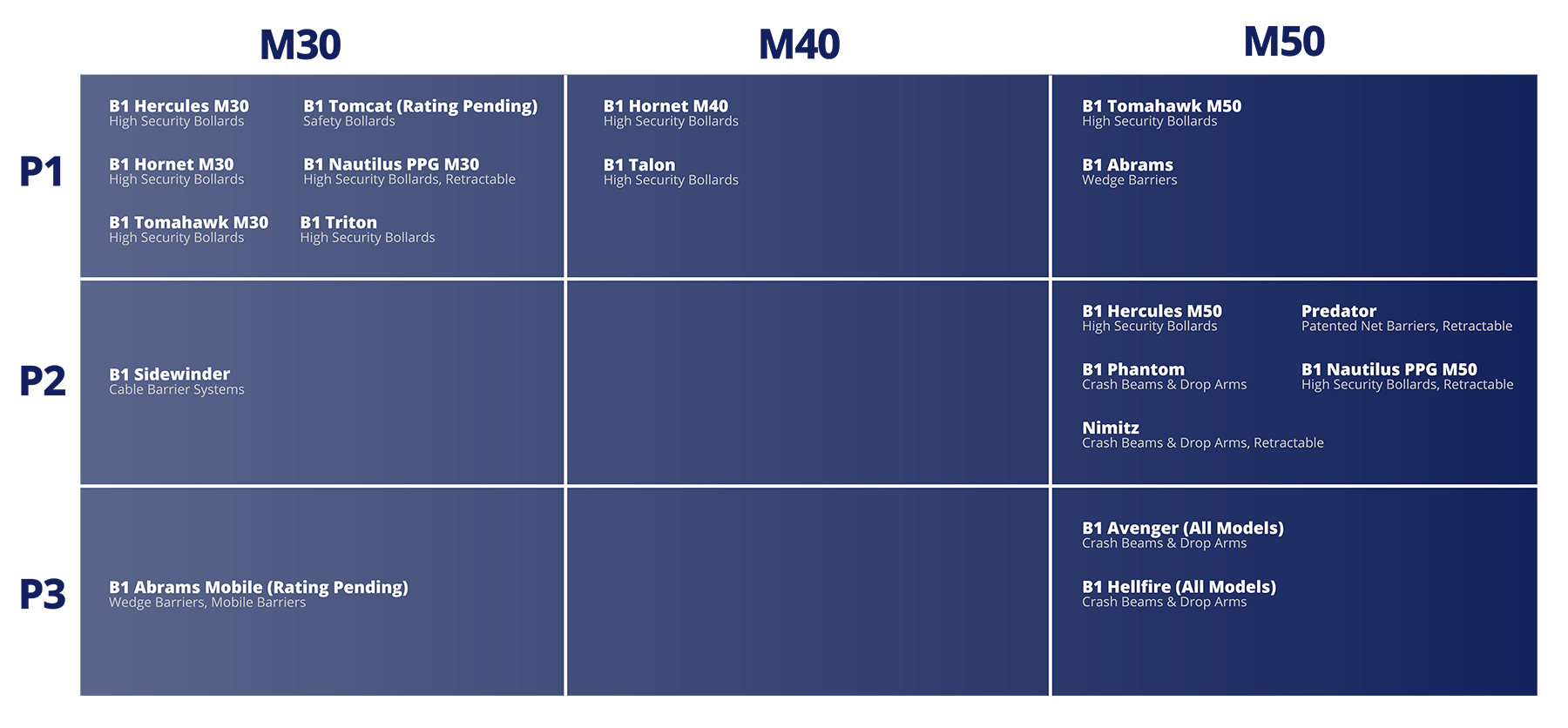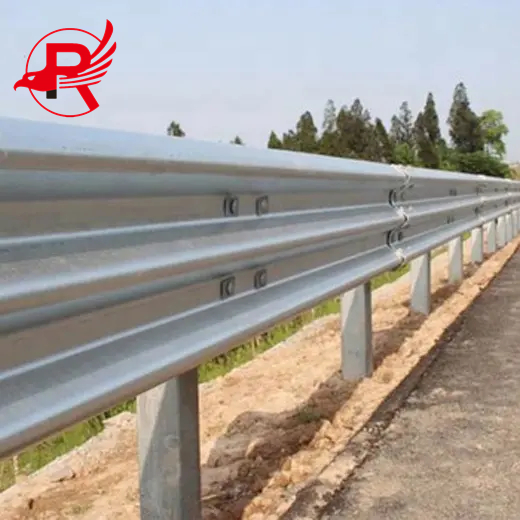Little Known Questions About Crash Beams.
Wiki Article
The Facts About Crash Beams Uncovered
Table of ContentsCrash Beams for BeginnersSome Known Details About Crash Beams Some Known Details About Crash Beams The Facts About Crash Beams UncoveredCrash Beams Things To Know Before You Get This
High beam of lights profit motorists on dark roads at night and at various other times when it is hard to see (Crash Beams). Improper high beam use could be unsafe. In Ontario, there are laws to specify appropriate usage of high light beams to assist avoid risks that could cause an extreme collisionUtilizing typical sense, you can utilize your high beam of lights safely also if you are not sure of the range. : When you comply with another lorry, turn your high beam of lights off. Lower your high light beams when you see the headlights of oncoming traffic, Reduced your high beam of lights when going up a hillside Improper high beam of light use creates risks for motorists in oncoming automobiles and the motorists that incorrectly utilize them.
In this circumstance, motorists are more probable to collapse right into other lorries. Motorists might likewise miss various other things or hazards in the road. Abuse of high light beams may also cause chauffeurs to misjudge: How much distance they require to brake vehicle drivers in this scenario may be unable to quit in time to stay clear of a collision.
Inflammation can promptly escalate into more harmful behaviour. All motorists owe a duty of treatment to prevent damage to others. Each case is different.
Crash Beams Fundamentals Explained

, where a looming crane has been brought in, and a large number of staff vehicles and automobiles are obstructing the road. Some automobiles deal better than others with more serious side accidents , indicating that there is still room space more even moreDevelopment Side air bags, which today are standard on most brand-new traveler cars, are made to maintain individuals from clashing with the inside of the automobile and with items outside the car in a side crash.

To fill this void, we initiated our own test with a various barrier one with the elevation and form of the front end of a regular SUV or pick-up at the time (Crash Beams). NHTSA barrier, displayed in yellow, superimposed over the taller barrier utilized in the initial IIHS examination In 2021, IIHS revamped its examination with a more extreme collision and a more sensible striking obstacle
The Ultimate Guide To Crash Beams
It is closer to the ground and much shorter than the original IIHS obstacle yet still greater than the NHTSA obstacle. Upgraded (left) and initial IIHS side examination obstacles In our original examination, a 3,300-pound barrier with the approximate elevation of an SUV hit the vehicle driver side of the automobile at 31 mph.As an outcome of these adjustments, the new examination entails 82 percent a lot more power than the original test. The honeycomb surface area of the obstacle in the second examination is also different. Like genuine SUVs and pickups, the new obstacle often tends to bend around the B-pillar between the vehicle driver and rear traveler doors.
The resident space can be endangered by doing this even if the car has a strong B-pillar. In both tests, two SID-IIs dummies representing tiny (5th percentile) women or 12-year-old children are positioned in the vehicle driver seat and the rear seat behind the vehicle driver. my review here IIHS was the first in the USA to use this smaller dummy in a test for consumer information.
Shorter vehicle drivers have a greater possibility of having their heads come into call with the front end of the striking car in a left-side collision. Engineers look at three elements to identify side ratings: vehicle driver and guest injury actions, head protection and structural performance. Injury measures from both dummies are utilized to identify the probability that occupants would receive considerable injuries in a real-world collision.
Some Known Facts About Crash Beams.

To fill this space, we launched our own test with a various obstacle one with the elevation and shape of the front end of a typical SUV or pickup at the time. NHTSA obstacle, received yellow, superimposed over the taller obstacle used in the original IIHS examination In 2021, IIHS revamped its examination with an extra serious crash and a more reasonable striking barrier.
It is better to the ground and shorter than the original IIHS obstacle but still greater than the NHTSA obstacle. Updated (left) and initial IIHS side test barriers In our original test, a 3,300-pound obstacle with the approximate elevation of an SUV hit the driver click site side of the vehicle at 31 miles per hour.
As a result of these modifications, the brand-new test involves 82 percent more energy than the original test. The honeycomb surface of the obstacle in the second test is likewise different. Like actual SUVs and pickups, over here the brand-new obstacle tends to flex around the B-pillar between the driver and rear guest doors.
The Crash Beams Statements
The passenger room can be compromised this way also if the car has a strong B-pillar. In both tests, two SID-IIs dummies standing for little (5th percentile) females or 12-year-old kids are placed in the vehicle driver seat and the rear seat behind the motorist. IIHS was the very first in the United States to use this smaller sized dummy in a test for consumer info.Much shorter vehicle drivers have a better chance of having their heads enter call with the front end of the striking vehicle in a left-side collision. Designers check out 3 factors to identify side ratings: motorist and guest injury procedures, head defense and structural efficiency. Injury actions from the two dummies are used to establish the likelihood that residents would certainly receive substantial injuries in a real-world accident.
If the lorry has airbags and they carry out properly, the paint ought to wind up on them. In instances in which the barrier hits a dummy's head during effect, the dummy typically records very high injury steps. That may not hold true, nonetheless, with a "close to miss out on" or a grazing call.
Report this wiki page